Amazing Facts About Marco Polo
In today’s world of planes, trains and automobiles — not to mention travel writers, bloggers and companies — it’s hard to imagine a time when travel wasn’t so common. But in the 13th century, when a young Italian found himself exploring exotic lands and cultures, he did so with little precedent.
Sailing from Venice to Arabia, riding camels through Persia and exploring gilded palaces in China, Marco Polo took on the new world, well before Christopher Columbus in the 15th century. The best-selling “The Travels of Marco Polo” became one of the first travel books of civilization, inspiring medieval and early explorers to discover the world.
Here are some surprising facts about Marco Polo, the man who helped start it all.
He Grew up in Venice
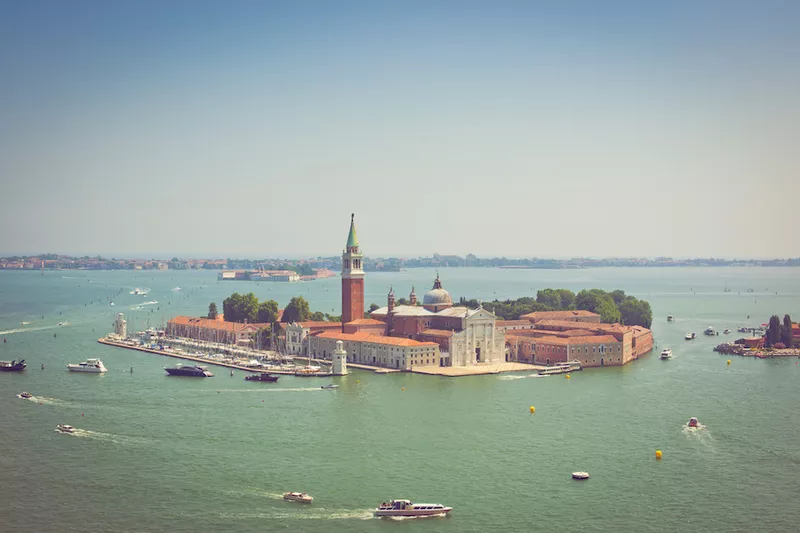
Born in Venice, Italy in 1254, Marco Polo was able to grow up island-hopping — the city on the Adriatic Sea is made up of 118 small islands, with many of them connected by 400 bridges. (Its larger islands, Murano and Burano, are big tourist attractions today, renowned for making silk and glass.)
He Grew Up Without His Parents
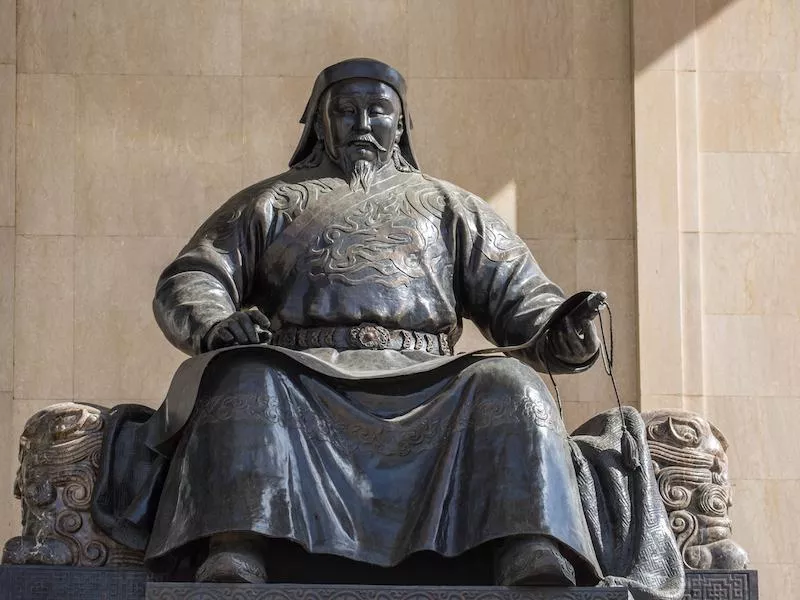
Kublai Khan Getty
Marco’s mother died while he was young, leaving him to live with various relatives, as his father Niccolo and uncle Maffeo were traders who traveled for years outside of Venice.
In fact, Niccolo and Maffeo had spent six years traveling in Constantinople and the Ukraine, until the Mongol Empire blocked the way home. They had to make their way through Asia, where they met Kublai Khan and asked for his permission to return home. Instead, the grandson of Genghis Kahn and first emperor of the Yuan dynasty put them into his service.
He Traveled Young
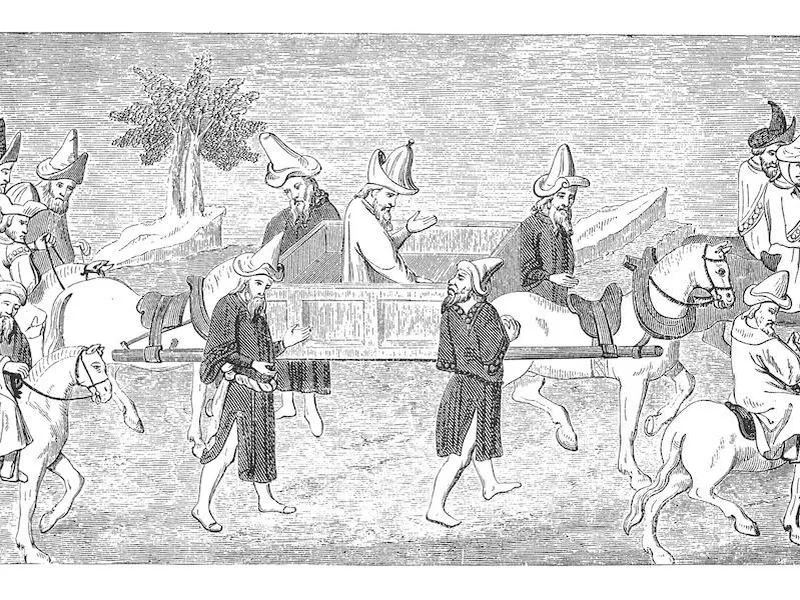
Marco Polo travelling in a horse-drawn litter through China
After returning to Venice, Niccolo enticed his son Marco to join him as an ambassador for Khan. Marco agreed, leaving Venice when he was just 17 to begin his extraordinary adventures.
His First Country Was Israel
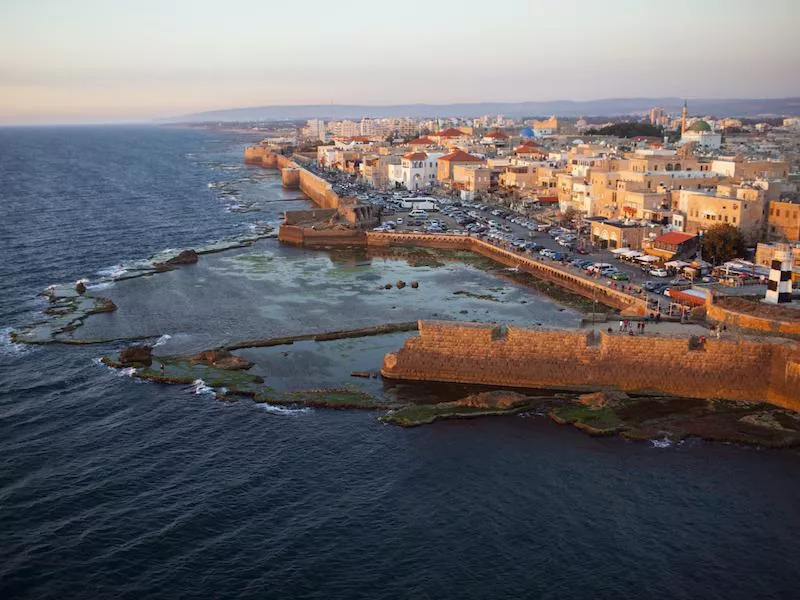
Getty
Marco’s first stop as a teen was the city of Acre. Located on the Haifa Bay in Northern Israel, Acre dates back to the Bronze Age, 3000 BC. The town still features the ruins of fortifications from the Crusades in the 12th century. During Marco’s time in Acre, it was part of the Ottoman Empire.
Khan had sent the Polos to Jerusalem to retrieve holy oil and 100 priests from the Church of the Holy Sepulchre. Unfortunately, the Pope died in 1268 and a new one wasn’t elected until 1271. The Polos had to wait in Acre until the new Pope was elected to ask for the priests Khan had wanted. He gave them only two.
The Silk Road Took 3 Years
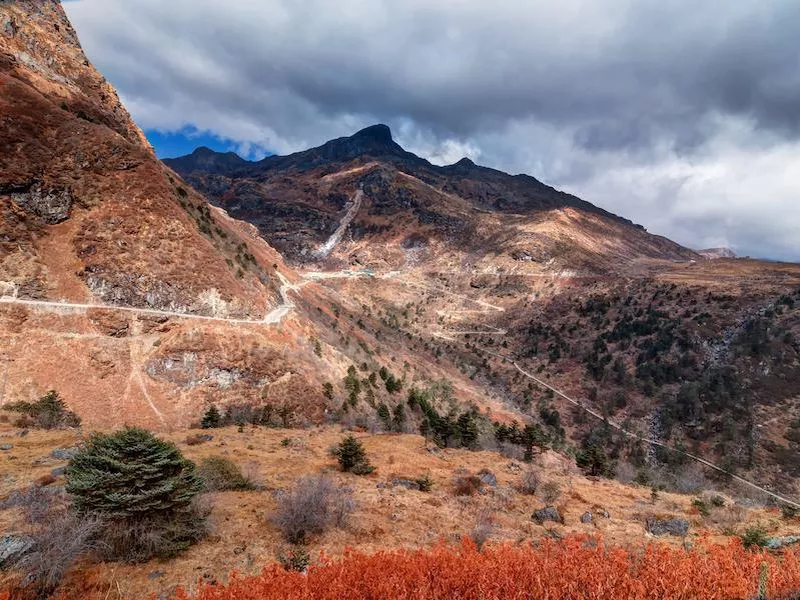
Getty
To reach Khan in Beijing, the Polos traveled the Silk Road, a 5,000-mile route requiring the travelers to cross treacherous mountain passes and ride camels through deserts. The route crossed through Arabia, Persia, Bangladesh, India and Myanmar en route to China.
Marco wrote about there being no food in the Gobi Desert, and fell ill during his journey. He and his father arrived at Khan’s summer palace, Xanadu, in 1275.
He Visited Xanadu
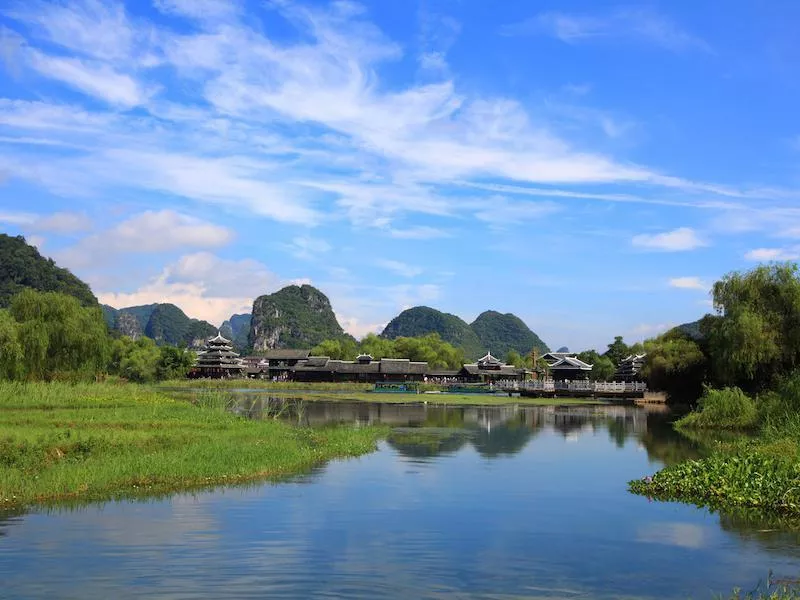
Getty
Xanadu, or Shangdu, served as Kublai Khan’s summer palace and the capital of his dynasty. It spanned more than 61,000 acres — about 40 percent the size of the famously massive Forbidden City in Beijing.
Marco described Xanadu as a place of immense beauty and opulence: “There is at this place a very fine marble palace, the rooms of which are all gilt and painted with figures of men and beasts and birds, and with a variety of trees and flowers, all executed with such exquisite art that you regard them with delight and astonishment. Round this Palace a wall is built, inclosing a compass of 16 miles, and inside the Park there are fountains and rivers and brooks, and beautiful meadows, with all kinds of wild animals (excluding such as are of ferocious nature), which the Emperor has procured and placed there to supply food for his gerfalcons and hawks, which he keeps there in mew.”
He Was Homeless for 24 Years
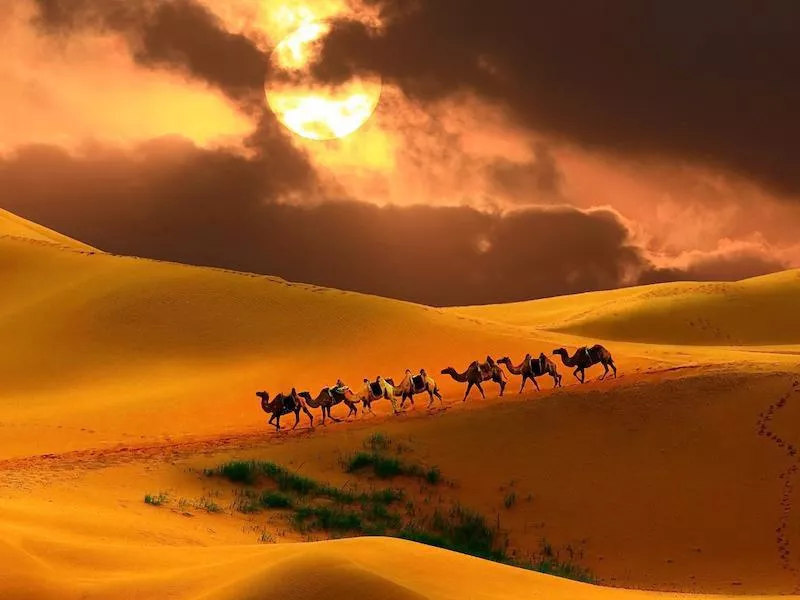
Getty
While traveling as an ambassador for Khan, Marco spent 24 years away from Venice. His travels took him through the Gobi Desert, Mongolia, India, Arabia and Persia, and across the Indian Ocean and Mediterranean Sea.
While traveling for Khan, Marco had a “paiza,” a golden tablet that was a passport to the Mongolian kingdom. This allowed him free passage as an honored guest of Khan, who valued his relationship with the Westerners.
Hangzhou was His Favorite City

Getty
Marco loved the trading city of Hangzhou (called Kinsai during his traveling days), which is said to have contained 3,000 public baths and 12,000 bridges. He called it “the greatest city which may be found in this world…You must know also that the city of Kinsai has some 3000 baths, the water of which is supplied by springs. They are hot baths, and the people take great delight in them, frequenting them several times a month, for they are very cleanly in their persons. They are the finest and largest baths in the world; large enough for 100 persons to bathe together.”
The capital of the Zhejiang province, known for its waterways, pagodas and southern climate, remains a popular travel destination for the Chinese today.
He was Jailed in Genoa for 4 Years
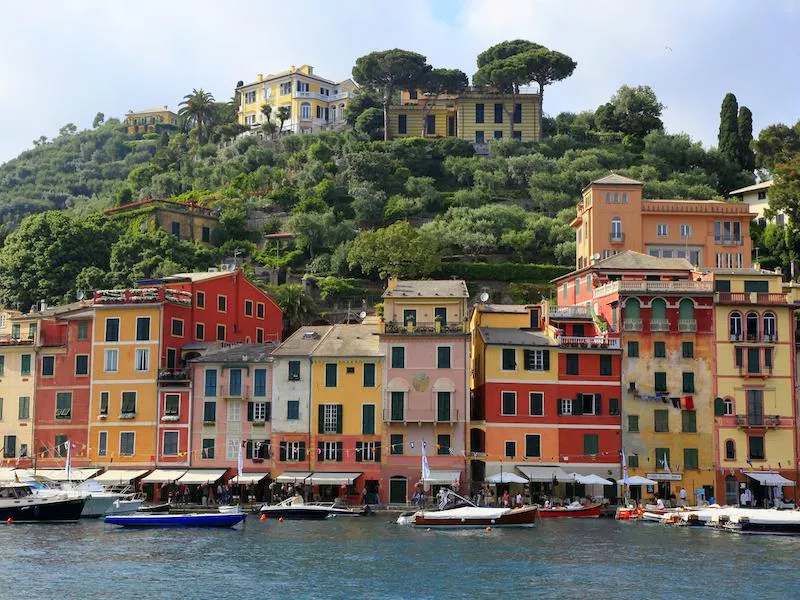
Getty
After returning to Venice in 1295, a year after Khan’s death, Marco joined the Venetian army. He was captured by the Genoese, the archrivals of Venetians during the Battle of Curzola.
He Inspired a Travel Book
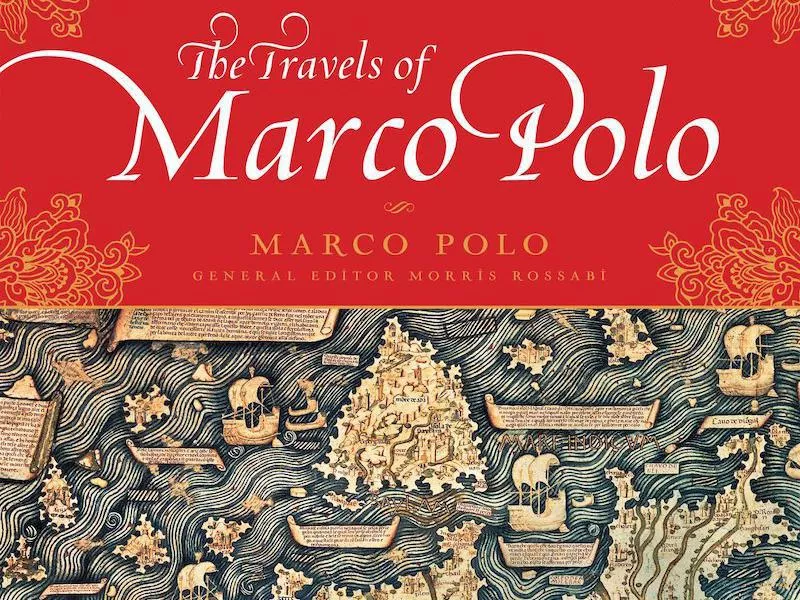
Amazon
While in prison, he met writer Rustichello da Pisa. Pisa was fascinated with Marco’s story, and the two wrote what became known as “The Description of the World” and “The Travels of Marco Polo.” In the tome, Marco described Khan’s palaces and the things he saw, such as postal systems and eyeglasses, which were not yet in Europe.
He Settled Down at 45
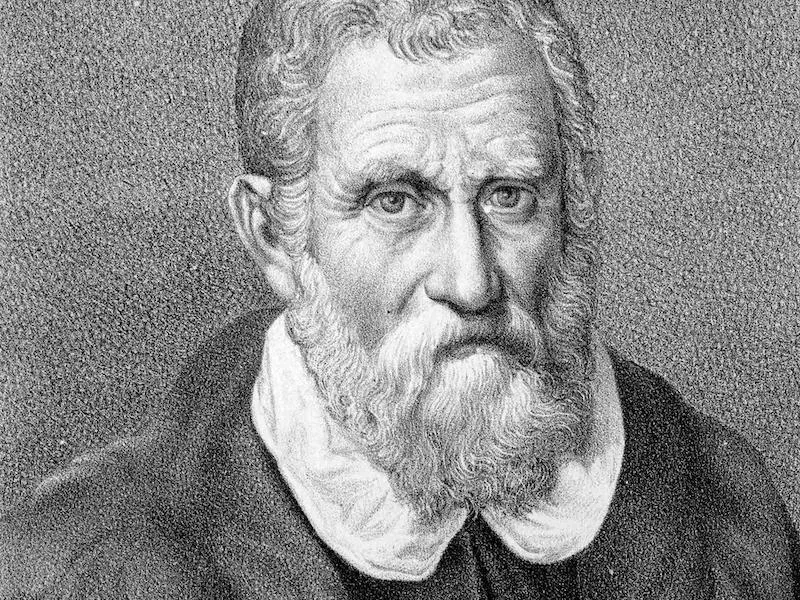
Getty
Once released from prison, Marco put down his bags and made Venice home once again. By this time, his book had made him a celebrity in his hometown.
With his traveling years behind him, Marco married and had three daughters, working as a merchant of Venice until his death at age 70.
He is Buried in Venice
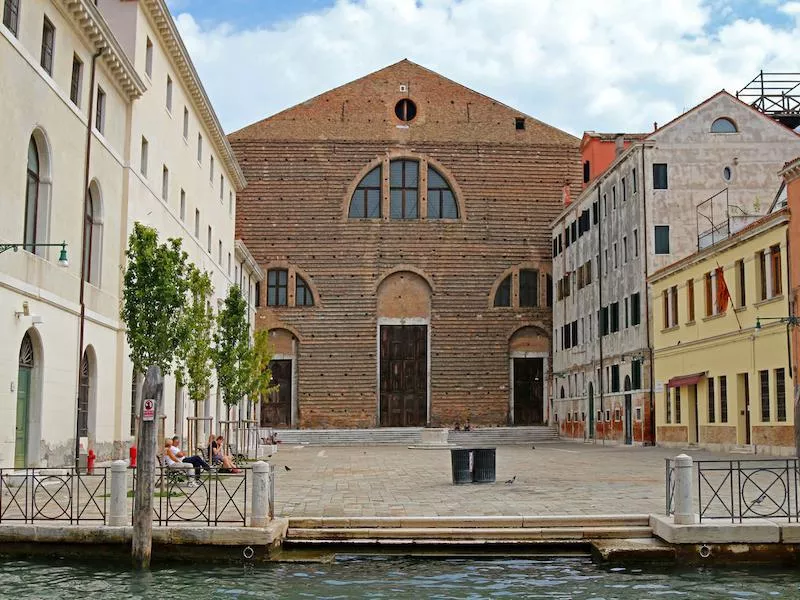
Getty
Marco was buried in the Church of San Lorenzo in Venice, which dates back to the 9th century. The church was rebuilt in the 17th century, so the original church he was buried in no longer exists today.
Christopher Columbus Was a Fan
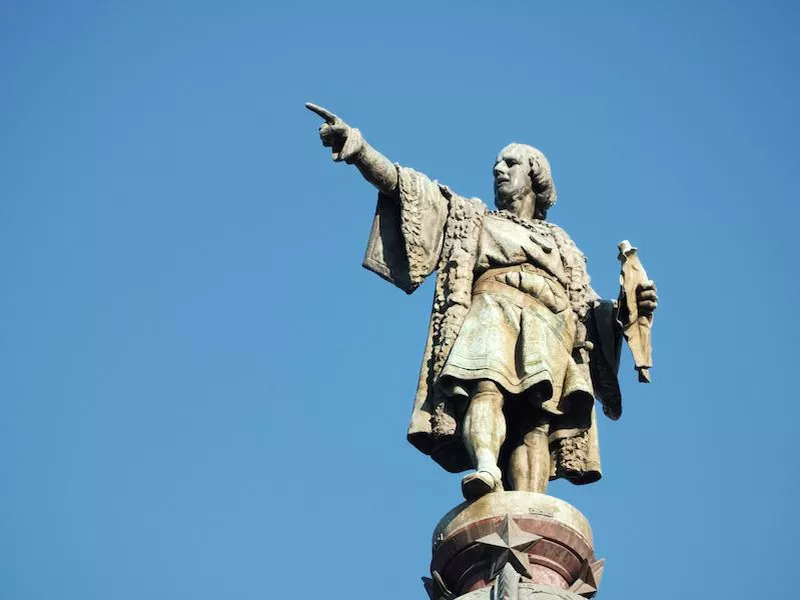
Getty
When Columbus set off on his own expeditions, he carried a copy of Marco Polo’s book — said to be marked with notes. He wanted to meet Kublai Khan’s descendants, not realizing the Mongol Empire had collapsed.
A Bridge in China is Named for Him
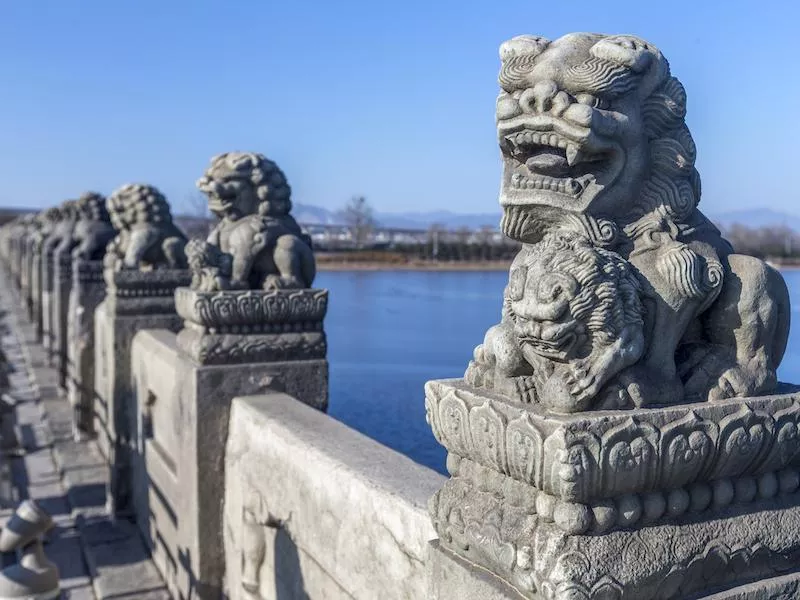
Getty
In Beijing, you can cross the marble Marco Polo Bridge, which Marco described in his book. Originally built in 1189, it was destroyed by a flood and rebuilt in 1698, receiving its new name in honor of the explorer. The bridge features 400 lion statues and 11 arches over its 870-foot span.
A Statue Stands in his Honor in Ulaanbaatar, Mongolia
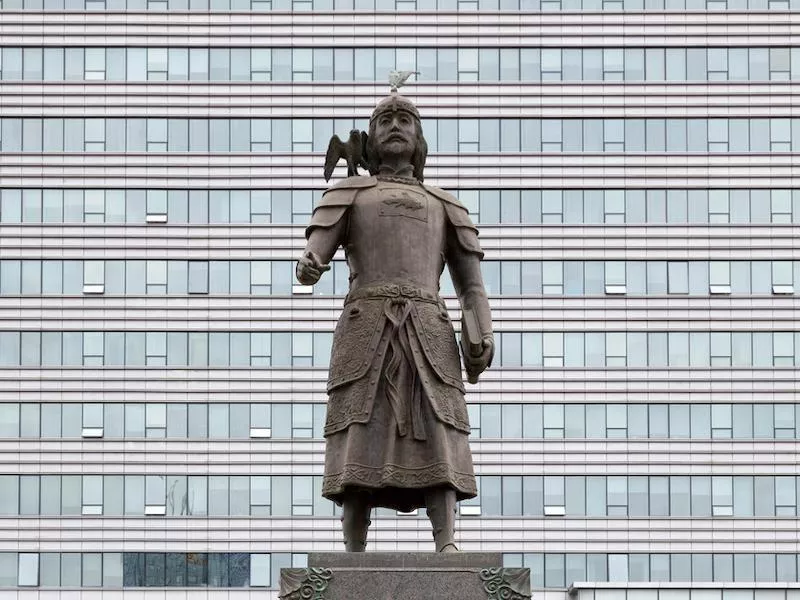
Marco Polo Statue in Ulaanbaatar, Mongolia Getty
A statue of Marco was erected in 2011 in Ulaanbaatar, the capital of Mongolia. It was built in honor of Mongolian Khan’s trusted relationship with the Western explorer.
There Was a Netflix Series About His Life

In 2014, Netflix debuted a splashy original series about the explorer, aptly named “Marco Polo.” The show was panned by critics (its first season earned a 24 percent rating on Rotten Tomatoes) and lasted just two seasons, ultimately costing Netflix an estimated $200 million in losses.